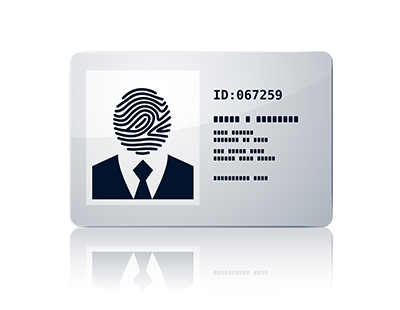
The Conveyancing Association (CA) - the leading trade body for the conveyancing industry – has launched a new guide for conveyancing firms to help them understand and utilise digital signatures, electronic signatures and e-signature platforms.
The new guide seeks to help firms understand the main differences between digital and electronic signatures, and what is acceptable to HM Land Registry covering options such as Mercury Signatures, Conveyancer Certified Signatures, and Qualified Electronic Signatures.
It also provides information on how firms can communicate with clients on the importance of digital signatures and the options available to them, including awareness on the differences between wet-ink signatures and digital ones.
The Guide urges firms to collaborate closely with lenders to understand their specific requirements and preferences in this area, including whether they will accept digital signatures.
The CA is involved with the Working Group chaired by UK Finance (UKF) to enable lenders who will accept digital signatures to include this in their Part 2 responses to the UKF Lender Handbook, which is being digitalised this year to make it more accessible digitally to lenders, advisers and conveyancers alike.
Suitability for clients
The Guide also asks firms to stay informed of updates and guidance in this area, particularly from HM Land Registry, and suggests they consider adopting the Simple Electronic Signature Platform Approach as a transition towards more advanced digital signature solutions.
Firms would need to assess its suitability for clients and cases, bearing in mind that the future of digital signatures may evolve further with Qualified Electronic Signatures.
Firms can download the new Guide by visiting: www.conveyancingassociation.org.uk/downloads
Beth Rudolf, Director of Delivery at the Conveyancing Association, said:“The use of digital and electronic signatures within the home buying and selling process has the potential to provide a variety of benefits, not just in terms of helping tackle potential fraud – a significant risk for conveyancing firms – but also with regards to helping speed up the whole process, given that securing signatures can be both labour and time-intensive, not to mention reducing the 30% of requisitions raised by HM Land Registry because the parties names, witness details or choice of witness are incorrect for the execution of the Deed.
“Having a quicker and more secure way of doing this clearly brings benefits but this is also an area that is changing and could change further in the future with a move towards Qualified Electronic Signatures. It therefore makes sense for us at the CA to launch an initial Guide for firms in this area which we will update as and when required but can also be used as a strong starting point in terms of firms educating themselves.
“The Law Commission’s report, and the Land Registry Practice Guide 82, highlights what is, and is not, currently legal and acceptable to HM Land Registry, and it’s important that firms have this knowledge, and utilise this information before they progress. Plus they need to understand the differences, the platforms available, and how they might best be integrated into their businesses, and how they communicate with both client and lender to ensure they are fully linked-up with their needs and requirements.
“This Guide is now available via the Downloads section of the website and we urge members to access a copy to ensure they get the information they need.”













.png)


.png)



Join the conversation
Be the first to comment (please use the comment box below)
Please login to comment